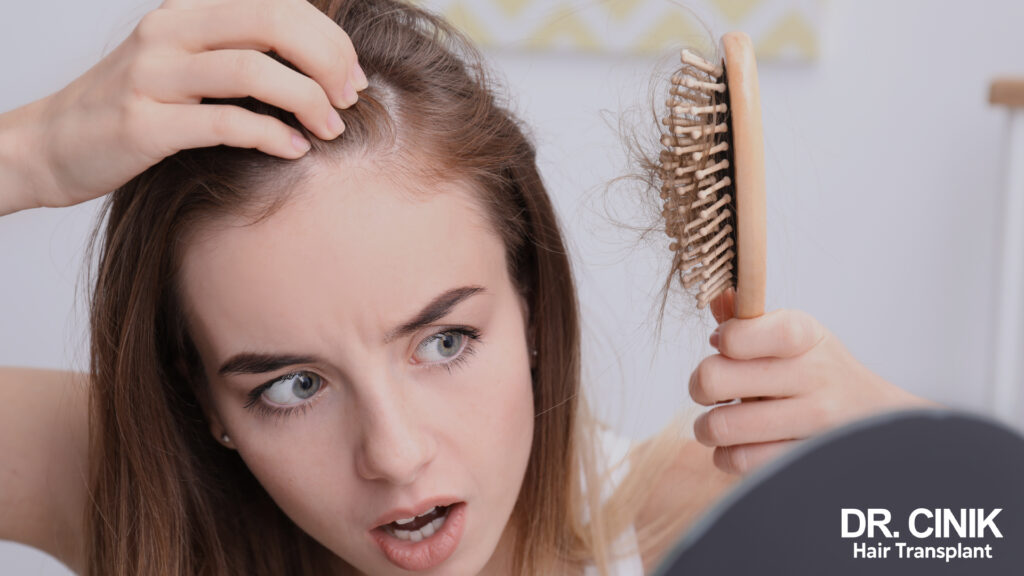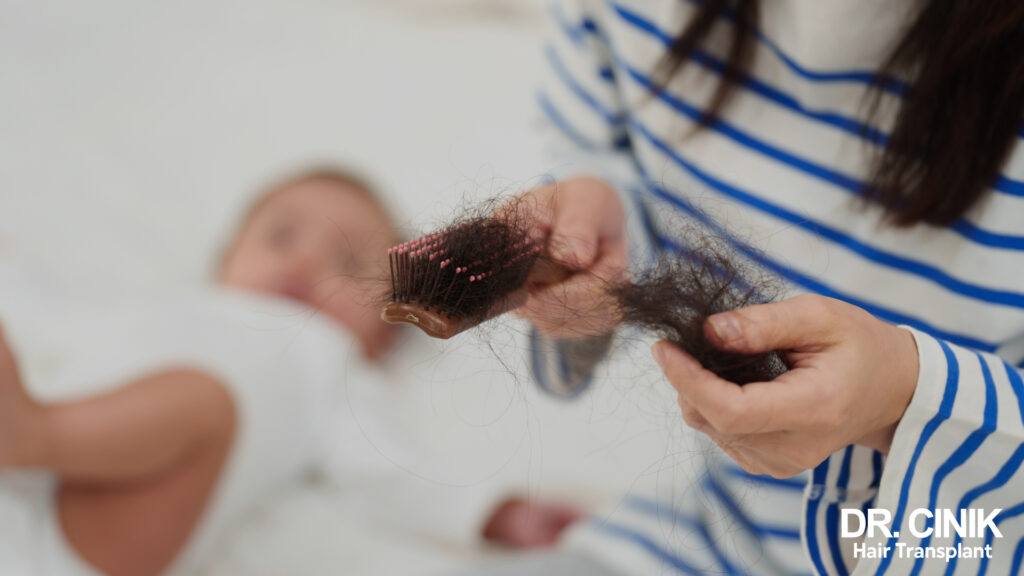Hair Transplant After 1 Month: Entering the Shock Loss Phase
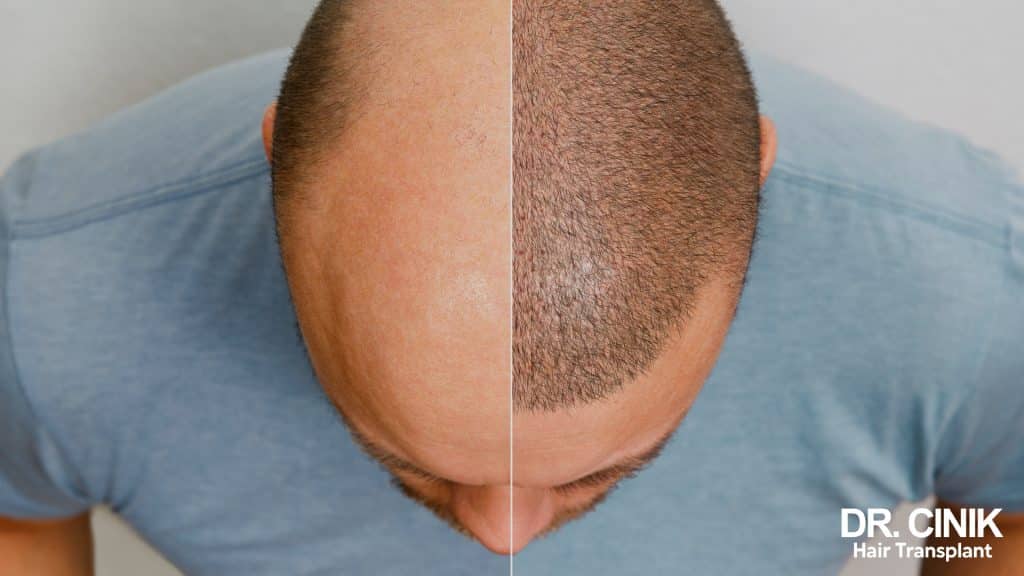
Summary
One month after a hair transplant, patients often encounter an expected yet normal phenomenon known as “shock loss.” This stage, seen in 60 to 80% of individuals who have received a transplant, is marked by a sudden shedding of newly transplanted hair. Despite its alarming appearance, this process is part of the natural regrowth phase and is no cause for alarm. We’ll delve into the reasons behind shock loss, its prevalence, and the hair regrowth process at the one-month post-transplant milestone.
Shock Loss: One Month Post Hair Transplant
At the one-month point, 60 to 80% of patients witness a temporary shedding of transplanted hair, aptly termed “shock loss.” This shedding isn’t indicative of any complications with the transplant; instead, it’s a natural, albeit temporary, response of the hair follicles to the trauma of transplantation. The stress induced by the procedure disrupts their growth cycle. Consuming a diet enriched with iron, zinc, and vitamins B, C, and E can aid in quicker, healthier regrowth. Patience is crucial, though, as the new hair can take up to 10 months to fully grow.
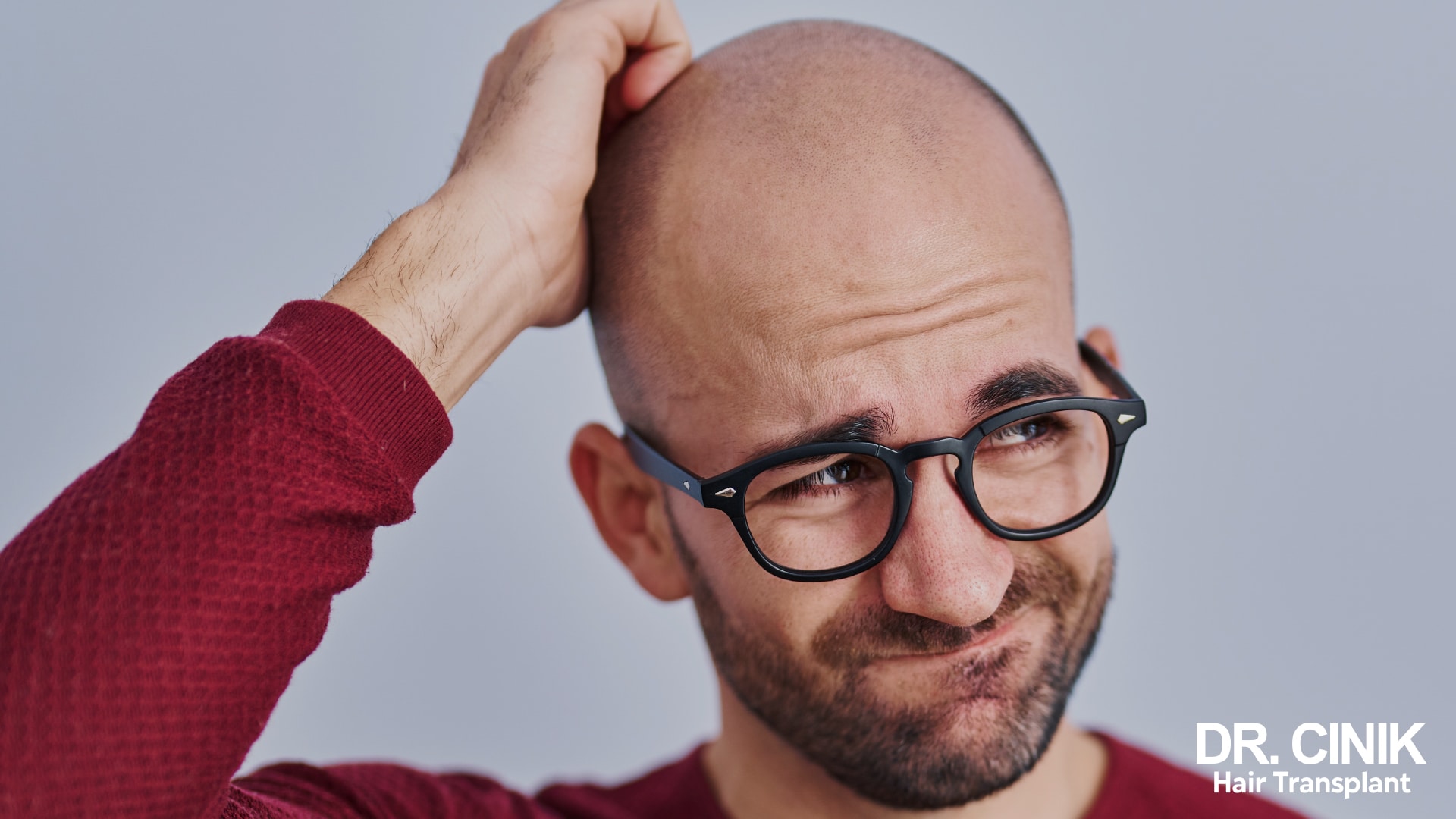
Post-Operative Care: Days 1 to 30 Post-Transplant
Initial Hair Washing (48 Hours to 11 Days Post-Operation)
- Step 1 – Apply Panthenol Mousse: Begin by cleaning your hands, then generously apply Panthenol Mousse to the transplanted areas. Let it sit for 30 minutes to help soften, and gently remove scabs.
- Step 2 – Foam Rinsing: Thoroughly rinse with tepid water using a pitcher or large glass instead of a shower.
- Step 3 – Shampoo Application: Gently lather the clinic-provided shampoo onto the scalp, avoiding direct contact with grafts. Massage the donor area and handle the transplanted section with utmost care.
- Step 4 – Last Rinse and Dry: After rinsing with tepid water, allow the transplanted area to air-dry while the donor area can be patted dry with a clean towel.
- Step 5 – Apply Aloe Vera Gel: To soothe the donor area, apply aloe vera gel delicately.
From Day 11 to 14
- Scab Removal: Apply Panthenol foam again, this time leaving it for an entire hour.
- Specific Shampoo: Under a gentle shower, cleanse the hair with the special shampoo, softly massaging to lift any remaining scabs.
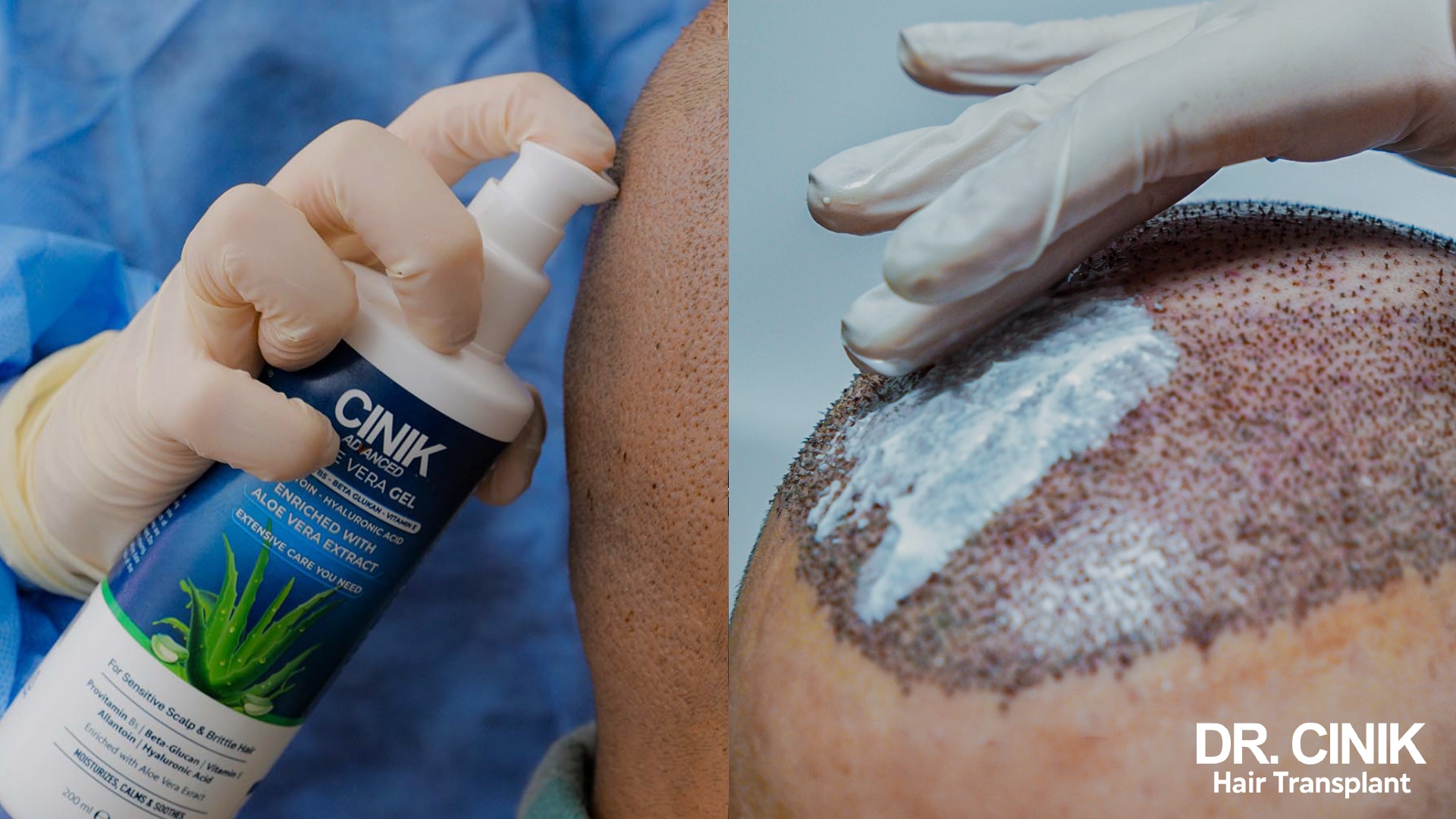
From Day 15 to 30
- Shower Time: Wash your hair under a medium-pressure shower, using lukewarm water.
- Gentle Massaging: Carefully massage the grafted area to promote blood flow.
- Drying: Towel-dry the donor area and let the grafted section air-dry.
After 30 Days: Back to Normal
Resume your regular hair-washing routine with your preferred shampoo.
Learn more about hair washing post-hair transplant
Resuming Sports One Month After Hair Transplant
Possible Sports Activities
A month following a hair transplant, you can gradually start reintroducing certain sports, ensuring not to compromise graft healing.
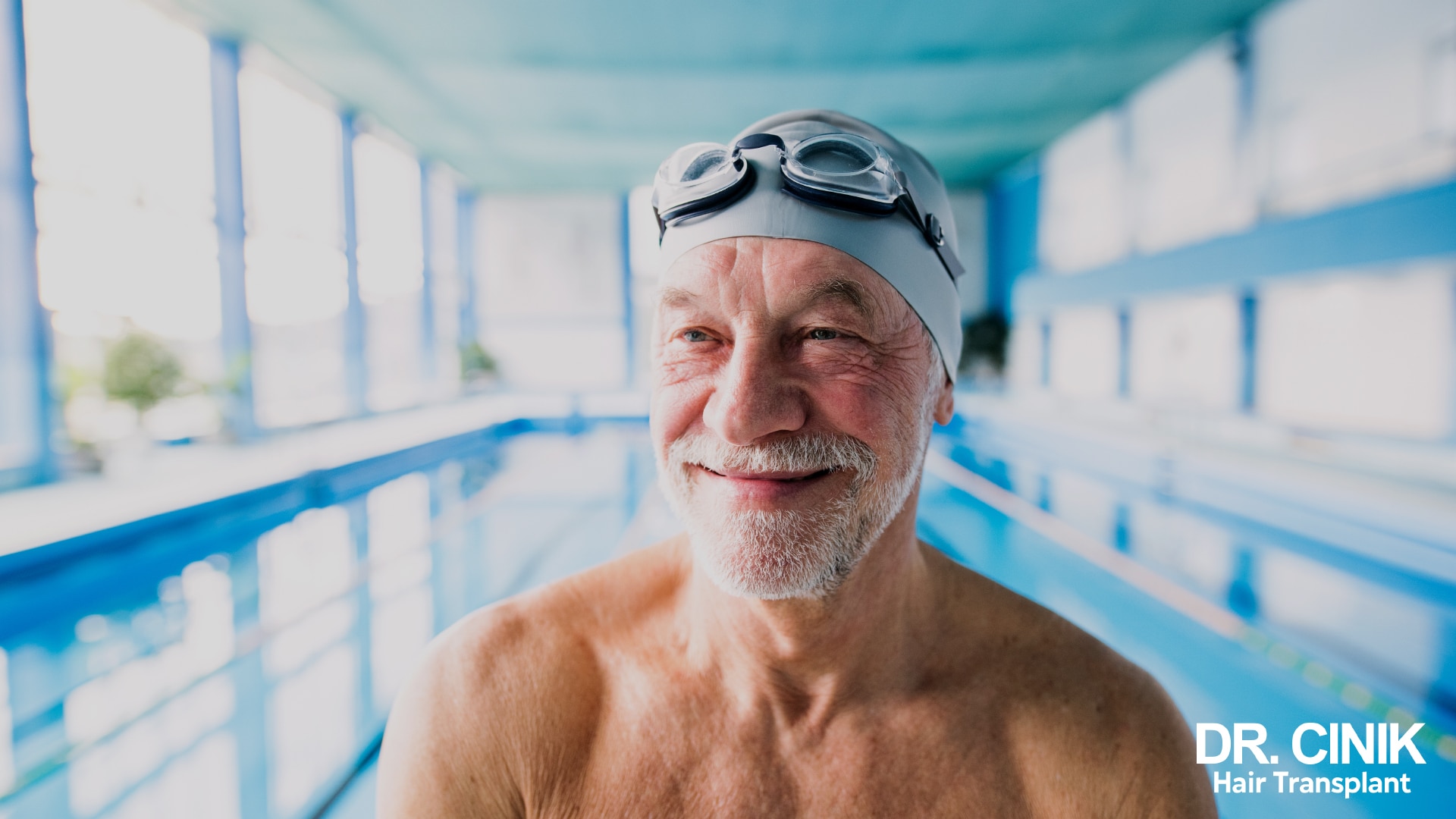
- Swimming: It’s okay to swim one-month post-op, but consider wearing a swim cap for graft protection.
- Low-Intensity Workouts: You may return to activities like jogging or using the elliptical, but keep sessions short (10-20 minutes) to minimise sweating.
- Light Muscle Strengthening: Begin bodyweight exercises six weeks post-op, removing intense or trapezius-straining workouts.
Explore more about exercise post hair transplant
Safety Precautions
- Protect the Grafts: Ensure the grafted area is shielded from any potential impacts during physical activities.
- Stay Hydrated: Drink plenty of water before, during, and after workouts to keep your body and scalp well-hydrated.
- Sweat Management: If you perspire, promptly have a tepid shower and use a gentle shampoo on the grafted regions.
Sports to Sideline
- Contact and Intense Activities: Steer clear of contact sports and high-intensity workouts that may cause scalp trauma, like rugby, boxing, or CrossFit.
- Heavy Lifting: Vigorous weightlifting that could spike blood pressure and risk graft bleeding should be avoided.

More Post-Operative Guidance For One Month After Hair Transplant
Sun Exposure
You may venture into the sunlight a month post-transplant, but take specific measures to protect the grafts:
- Wear a Cap or Hat: Shield the grafted area from direct UV rays, which can damage the still-sensitive grafts.
- Limit Sun Time: Avoid extensive sun exposure, particularly between the peak intensity hours of 10 am and 4 pm.
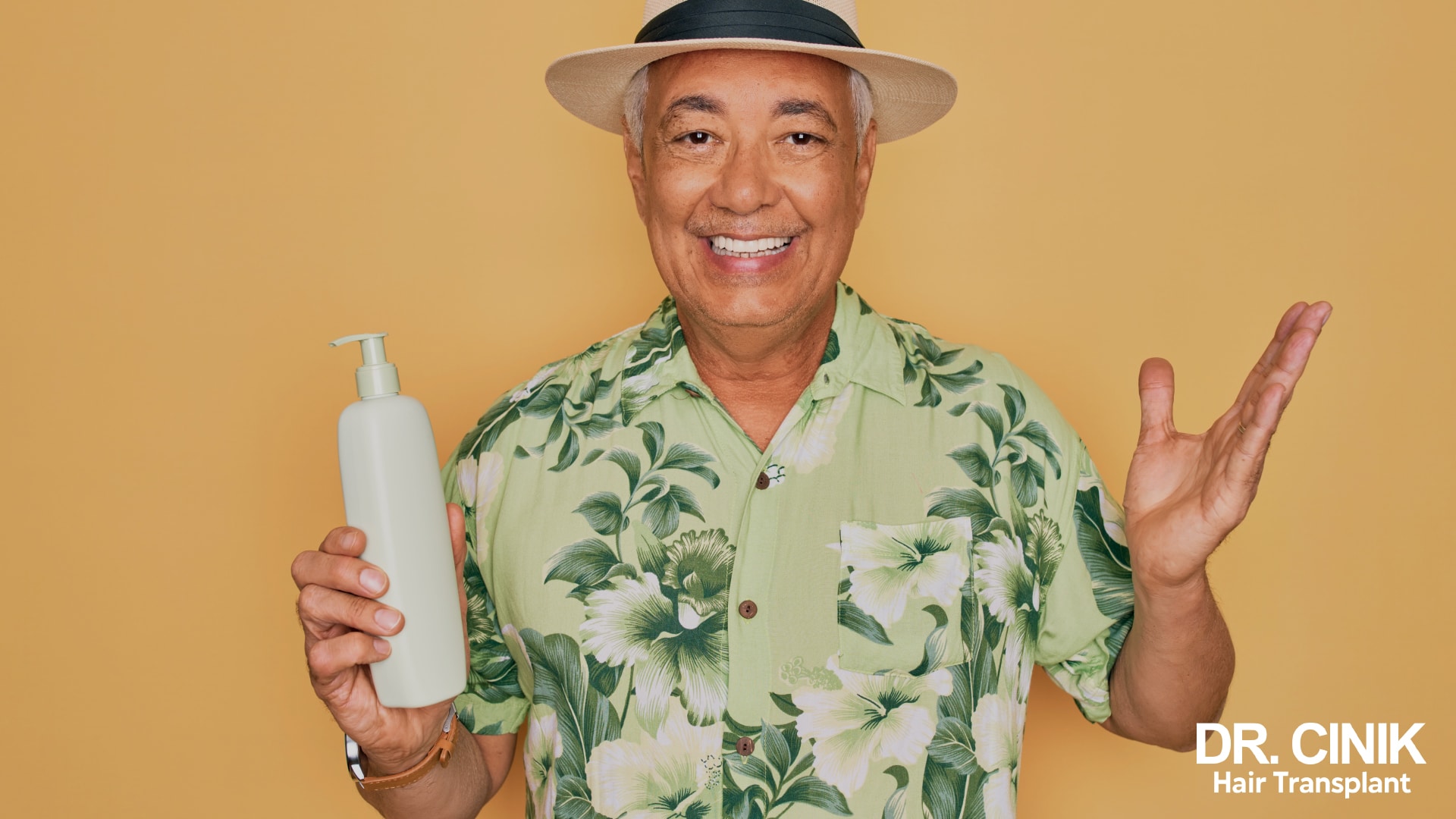
Find out more about sun precautions after a transplant
Intimacy
Resuming sexual activity is generally acceptable one-month post-transplant. Bear in mind:
- Pain and Comfort: Confirm the transplant is sufficiently healed to avoid pain or discomfort during intimate moments.
- Tread Gently: Sidestep positions or movements that might pressure or chafe the grafted scalp.
- Maintain Hygiene: Uphold excellent scalp cleanliness to deflect infection risks.
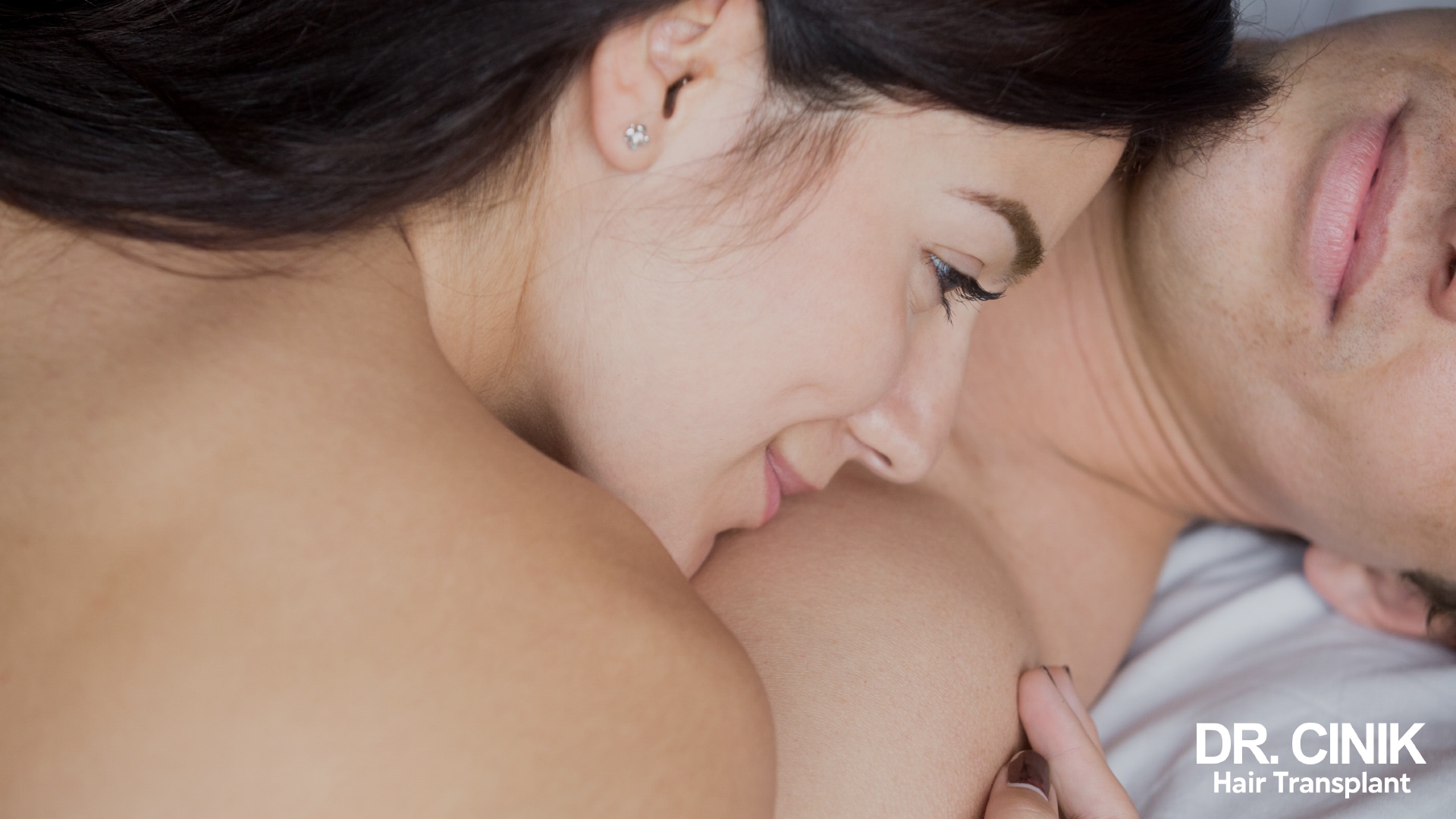
Discover more about intimacy after hair transplantation
Adhering to these directives allows for a safe return to daily activities, mindful of both sun exposure and personal life, all while caring for your post-transplant needs.

